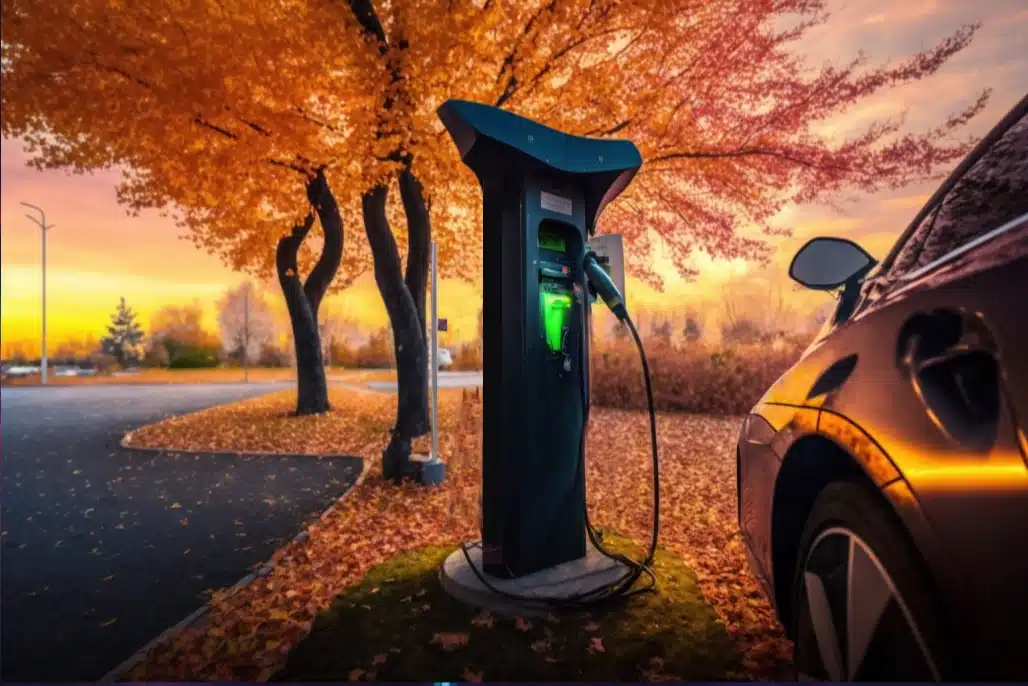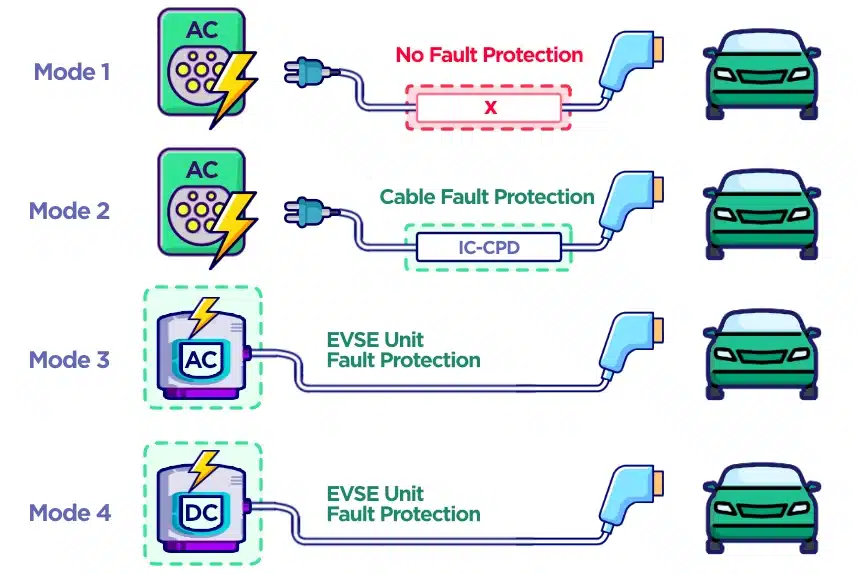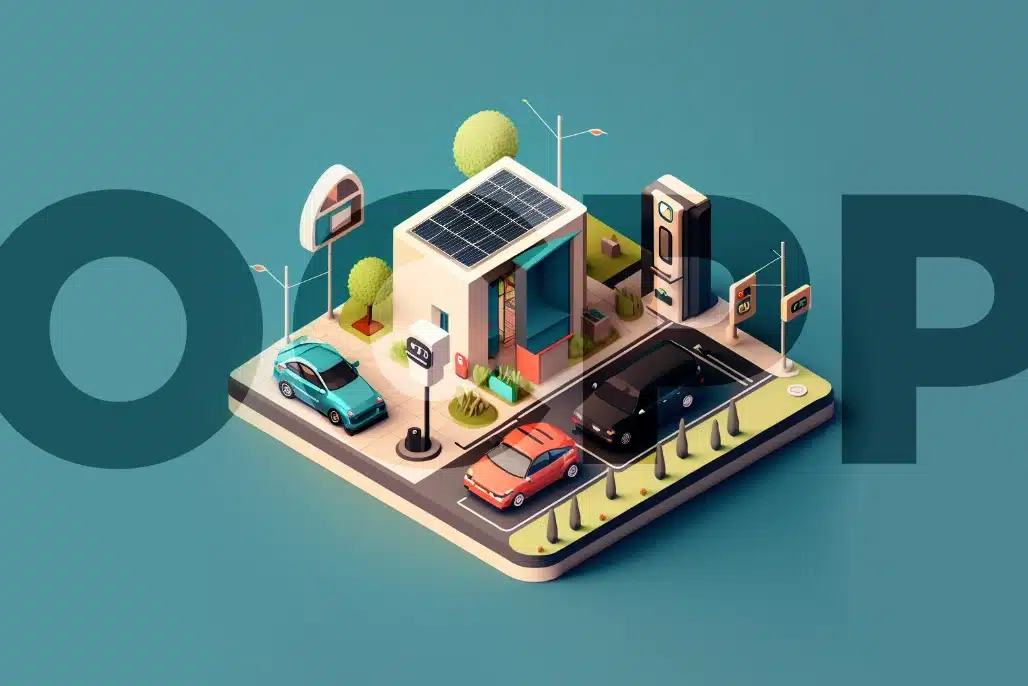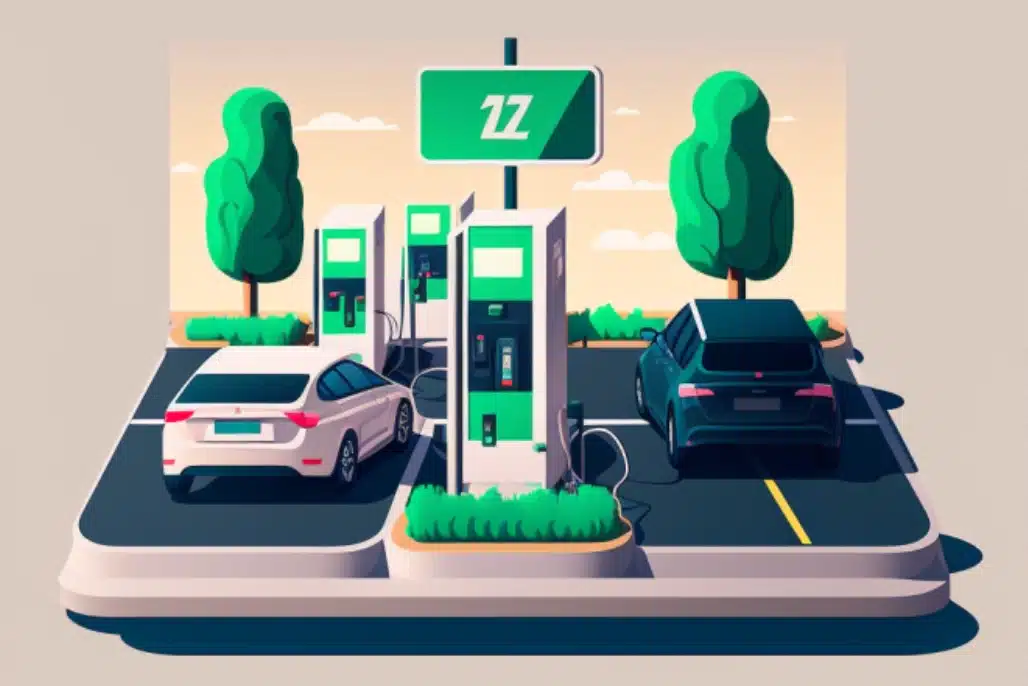A cultural shift towards electric vehicles (EVs) is in full swing. Government incentives, public and private funding, and an increased choice of vehicles are driving the adoption of EVs faster than expected. With the rise in EV adoption, it is vital to understand the various components of electric vehicle supply equipment (EVSE).

EVSE
Electric Vehicle Supply EquipmentElectric Vehicle Supply Equipment (EVSE) offers a reliable and easy-to-use solution for charging electric vehicles. This equipment can connect to the electricity grid, onsite renewable generation or local storage and charge your vehicle. With EVSE, you can conveniently charge at home, work or while out on the road so that you'll never find yourself stranded without enough juice!
EVSE combines hardware and software. The hardware encompasses the charging station and connector. The software is made up of the CPMS and communications protocols).
HARDWARE
Charging Station Hardware ComponentsSocket Outlet: The port on the electric vehicle supply equipment (EVSE) that supplies charging power to the vehicle.
Plug: The Socket Outlet and Plug are permanently attached in US market. In the EU the plug connects to the socket outlet on the charging station.
Cable: The flexible cable that connects the EVSE with the EV.
Connector: The connection at end of the flexible cable that interfaces with the EV inlet.
Vehicle inlet: The port socket on the EV that receives charging power.
EVSE
Types and Connectors| Standard | Subject | Important Content |
|---|---|---|
| IEC 61851 | EV charger types; Communication and safety requirements |
|
| IEC 62196 | Plugs; Socket-outlets; Vehicle connectors and inlets |
|

EV Charging Levels
Charge (Point) Management SoftwareEVSE equipment is classed as Level 1 (120 volts AC), Level 2 (240 volts AC), and Level 3 (480 volts DC and higher).
EVSEs don't always charge the car's battery. In the case of Level 1 and 2 AC, charging is done in the vehicle. EV batteries charge and discharge in Direct Current (DC); however, the power grid delivers Alternating Current (AC). As such, most electric vehicles are equipped with an Onboard Charger – an AC-to-DC converter – to convert this current.
The energy at a traditional charging station is AC power supplied from the grid. An onboard charger converts it into DC power that charges up the battery.
DC chargers streamline the process of higher power charging as they do not require large AC-to-DC converters and instead build them into the station itself. This way, size and weight restrictions are avoided since these stations provide direct DC power to vehicles, thus bypassing onboard converters. It's worth noting that most electric car models accept both AC and DC power inputs for maximum convenience!
Smart EV charging with the V1G charger is an efficient and environmentally-friendly way to get the most out of your electric vehicle. Smart technology monitors your car's relative state of charge, preventing it from overcharging and increasing battery life.
SOFTWARE
CPMS, Standards & ProtocolsThe OCPP Protocol for EVSE Charging ensures the safety and security of your electric vehicle during charging. Through its two-way communication system between charger and car, it automatically calibrates the correct current to use based on what is available at a given time -- both from the charging station's capacity and that of your automobile.
As a critical part of the charging protocol, an essential safety lock-out mechanism guarantees that the current does not flow when the charger is unplugged from the car. If this were to occur, it could cause hazardous issues such as battery damage, electrical shorts and fire. Furthermore, Electric Vehicle Supply Equipment (EVSE) can also identify malfunctions in hardware components to disconnect power automatically and avert potential catastrophes.
Open Standards
Open Charge Point Protocol (OCPP)
- Switching Networks: OCPP allows Charge Point Operators to change networks without replacing EVSE hardware.
- Separate EVSE & CPMS: OCPP enables CPMS backend software to be independent of the EVSE hardware.
Open Charge Point Interface (OCPI)
- Charge Anywhere: Users can roam and plug & charge on different networks without having to sign up for many alternative apps and services.
Open Smart Charging Protocol (OSCP)
- Links a CPMS and Energy Management System: Provides a 24-hour outlook of the available capacity within an electricity grid.
- Charging Standards: Developed by the international consortium - Open Charge Alliance (OCA), OSCP, alongside its sibling protocol OCPP is being continually enhanced to offer improved standards for electric vehicle charging infrastructure.
ISO 15118
-
Bi-Directional EV Charging: ISO 15118 unleashes the potential for bi-directional EV charging, also known as vehicle-to-grid (V2G). Through V2G, electric vehicles can feed energy back into the grid when needed most, reducing system peak costs and guaranteeing a more intelligent and dependable electricity supply.
-
EV to Charging Station Communications: ISO 15118 is an internationally recognised standard defining communication between electric vehicles (EV) and charge stations. This groundbreaking protocol enables plug & charge capabilities, allowing drivers to authorise a charging session simply by connecting a vehicle to the charger—making it easier than ever for EV owners to stay charged on the go! As such, this innovation has been hugely beneficial in advancing EV adoption as it streamlines and simplifies the charging experience of all its users.
Interoperability
Cross network communication
- Network Roaming: Network users can charge on different networks seamlessly.
Charger and CPMS interactaction
- EVSE Management: Charge Point Operator and Network provider management.
- Indexing: Charge station locator websites or mobile apps.
Upgraded EV And charger Interaction
- Safety: Addition of safe handshake between vehicle and EVSE.
- V2G Support: Support for Vehicle-to-Grid.







